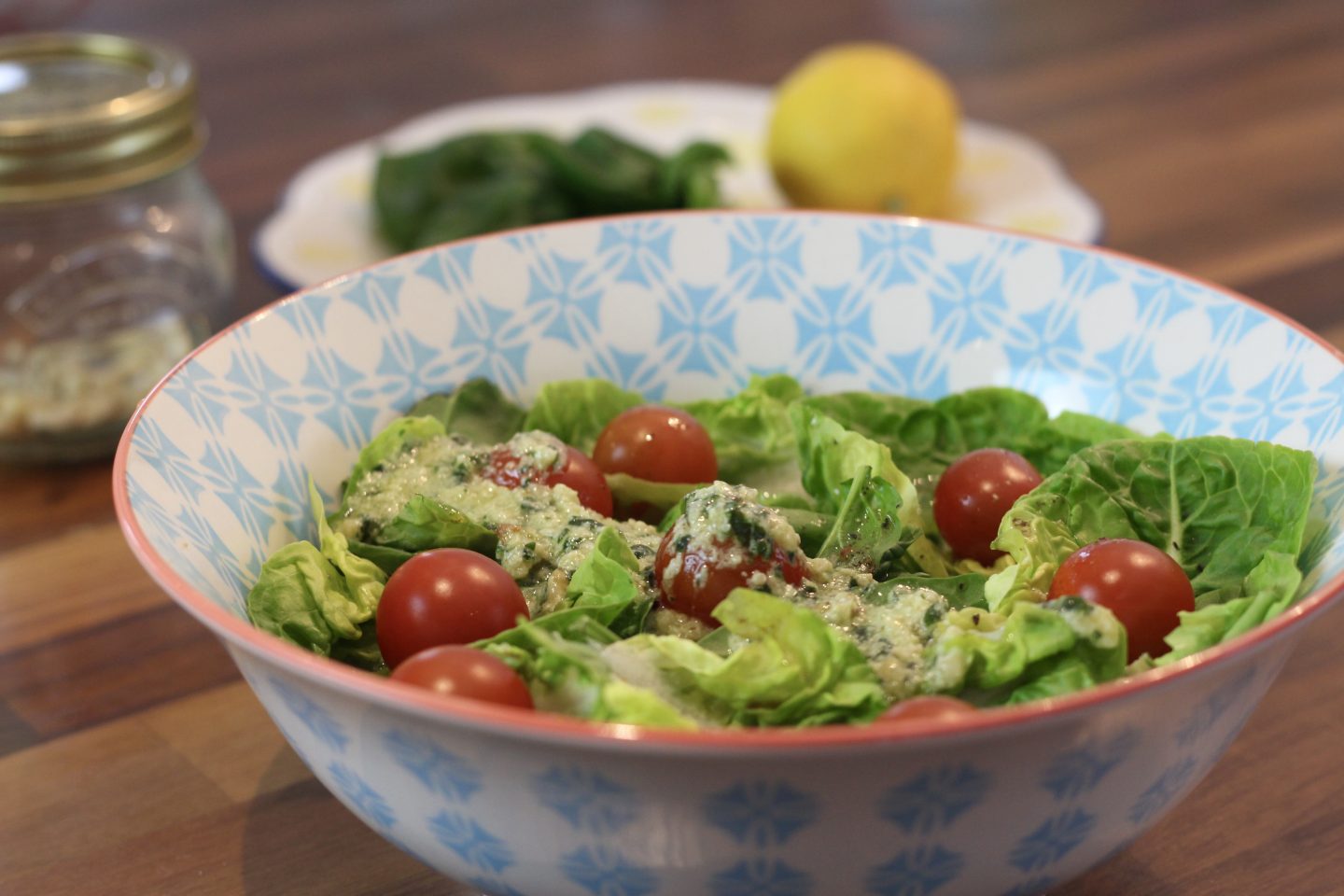
Hey guys! So this week I was asked by a Journalist from The Daily Telegraph to share my top 10 (I gave them 12!) diet and nutrition tips .. these tips will help you to boost the nutrient content of your diet and make weight loss that little bit easier in 2017; there’s one for each month of the year!
———————————————————————————————————————————-
1) Make your Smoothies Green! Smoothies aren’t just for fruit, they’re for veg too; and I promise you that adding leaves such as spinach, iceberg lettuce and kale doesn’t alter the taste, it simply adds fibre as well as nutrients such as vitamin A, vitamin C and vitamin K. Get into the habit of adding a handful of greens before you blend; to start you could try a Green Monster Smoothie made from; 1 banana, 200ml milk of your choice, a handful of blueberries and a handful of spinach.
2) Bulk out your Meals with Foods Inexpensive in Calories: Fibre helps us to feel full, which means that if you’re watching your weight fibre is your new friend! If you follow healthy recipe Instagram accounts then you may have seen a few trends popping up and two of my personal favourite are courgette-oats (or ‘zoats’ if you’re American) made by grating raw courgette into oats before adding milk and cooking (I love to add some cocoa & stevia after for flavour!) and cauliflower couscous; made by breaking up cauliflower in a food processor into small pieces before pan frying or cooking in the microwave; served with a chilli not many people would notice the difference! And the uses of cauliflower don’t just stop there, you can cook and mash it instead of mashed potato (adding in a dollop of cream cheese makes it taste amazing!) or you can make it into cauliflower pizza (one of my favourite recipes!).
3) Switch to Plain Yoghurt and add your own Flavours: Natural yoghurt can be a great source of probiotics aka friendly live bacteria that have beneficial affects on gut health, in addition to being high in protein and providing minerals such as calcium and phosphorus. Buying plain yoghurt means that you’re not paying for added refined sugar and you can control exactly what goes in it. A few of my favourite heathy yoghurt additions include cinnamon & banana, strawberries & flaked almonds as well as baked apple pieces & raisins.
4) Stock up on Tinned Salmon: Tinned salmon is much richer in heart healthy omega-3 fatty acids in comparison to tinned tuna or white fish such as cod or haddock. We should aim to eat two portions of fish a week, one of which is oily and tinned salmon, as well as mackerel, pilchards and sardines all count as being ‘oily’. Tinned salmon is also cheaper than fresh salmon and goes perfectly in home made salmon fish cakes (there’s a recipe on my website for those!).
5) Cook in Bulk: If you’re making dishes such as fish pie, chilli, curry or a stir fry make sure to cook more than what you need. Leftovers are great for packing up and taking to work the next day for lunch, as well as being an ideal back-up for when you don’t have time to cook on an evening; you could keep leftovers in a container either in the fridge for a couple of days or in the freezer for a couple of weeks. Just make sure to label the container with the contents before you freeze so you know what you’re heating up!
6) Do a Meal Plan for the Week: Writing out a meal plan is essential if you want to improve your diet. It helps you to write your shopping list and could even save you money. Make sure to write down where you’re going to be throughout the week and remember that you don’t need 7 new or different breakfasts, lunches and evening meals; you could alternate between a couple or add in just one new recipe that you want to try out along with classic recipes the you know and love.
7) Keep Frozen Vegetables in your Freezer: As well as having a much longer shelf life, frozen vegetables often have much more nutrients than their fresh equivalent; this is because they are frozen soon after the point of picking; retaining almost all of their nutrients. Frozen vegetables also require no chopping and cook quickly meaning they can added quickly and easily to a variety of dishes; you could add chopped frozen peppers to a chilli or frozen peas to a fish pie.
8) Drink more Water: You’ve heard it before and you’ll hear it again, as most of us need to drink more water. All drinks count towards our fluid intake but water is one of the best as it’s both calorie and sugar free meaning that it won’t rot your teeth or contribute to weight gain. Drinking water helps us to regulate our true hunger signals, prevent headaches and keep our body regular. A simple way to tell if you’re hydrated is to look at the colour of your urine; if it’s dark then it’s probably a sign that you need to drink more.
9) Use up Over-Ripe Bananas: Instead of binning ‘over-ripe’ bananas put them to good use. You could mash them into a pancake batter or make a pancake mix from 1 mashed banana and 2 eggs, or your could peel them, chop them and freeze them for smoothies or to make banana nice-cream; simply blend chunks of frozen banana in a food processor and hey-presto healthy ice-cream is created! Or you could even bake them into banana bread!
10) Do a Food Diary: The truth is we often forget about what we eat: We may think that we remember what we ate but quite often those ‘unplanned snacks’ can get forgotten about – handy when we’re trying to justify that evening chocolate bar! Interestingly, research shows that the larger that someone is, the more they tend to under-estimate how much they eat. Writing down everything that you eat during the day can be a powerful tool if you’re trying to make dietary changes: A food diary can act as a personal tracker to monitor daily intake; at the end of the week you can then look back and see how well your eating plan went.
11) Use the Correct Olive Oil: Olive oil is rich in mono-unsaturated fatty acids (MUFAs) which are heart healthy, but did you know that there are two types and they have very different uses. Extra virgin olive oil (EVOO), which is usually darker in colour and stored in a green coloured bottle, shouldn’t be heated and instead should be used for drizzling over salads and pastas as well as using in dips. Regular or refined olive oil, which is usually much lighter in colour and kept in a see-through bottle, is more heat stable and so is suitable for everyday cooking.
12) Look at the Ingredients List: If someone asks me if something is healthy then the first thing I do is turn the packet over and look at the ingredients list which is listed in order of contents i.e. the main ingredients are first. Checking the ingredients list is especially important when it comes to buying packaged/processed foods as manufacturers main priority is for the food to taste good, rather than your health. If sugar is the first or second ingredient on the list then you may want to consider buying an alternate brand. Top products that I would recommend checking are: breakfast bars, yoghurts, dried fruit, ready meals and cereals.
What are your top tips for 2017?!
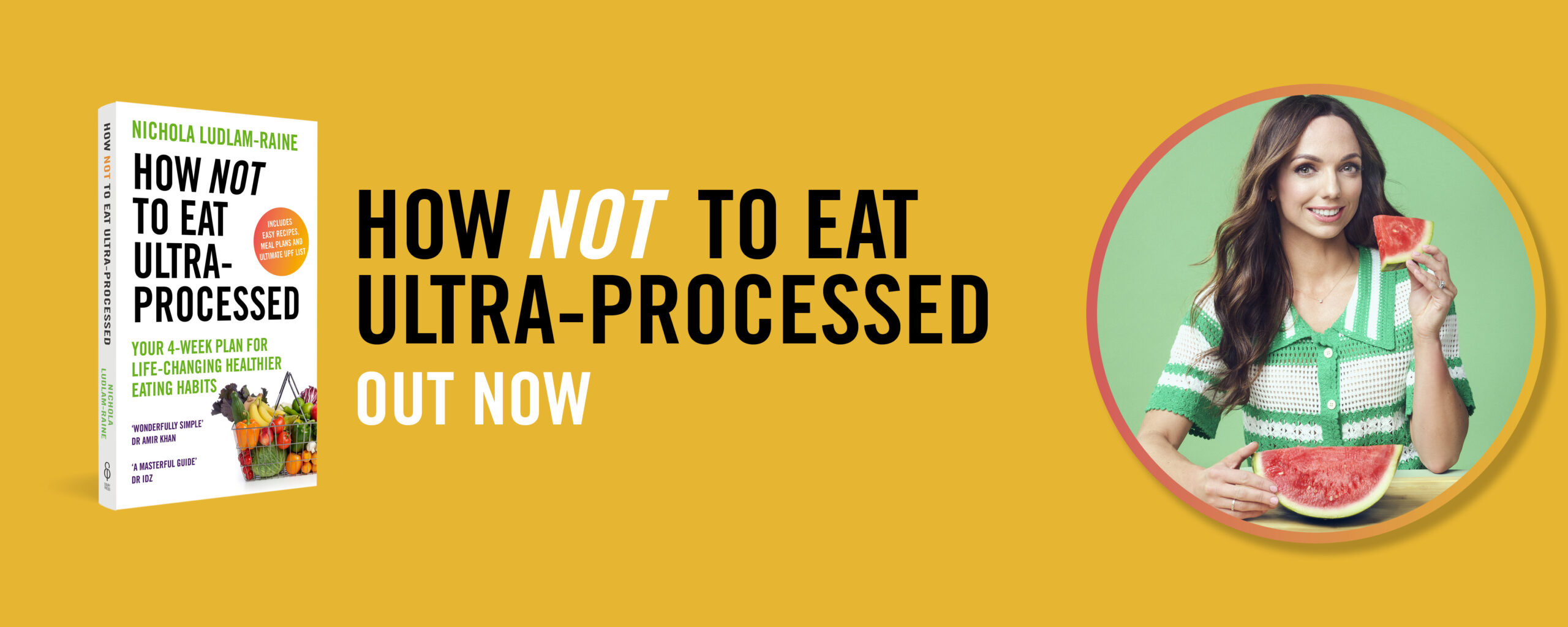

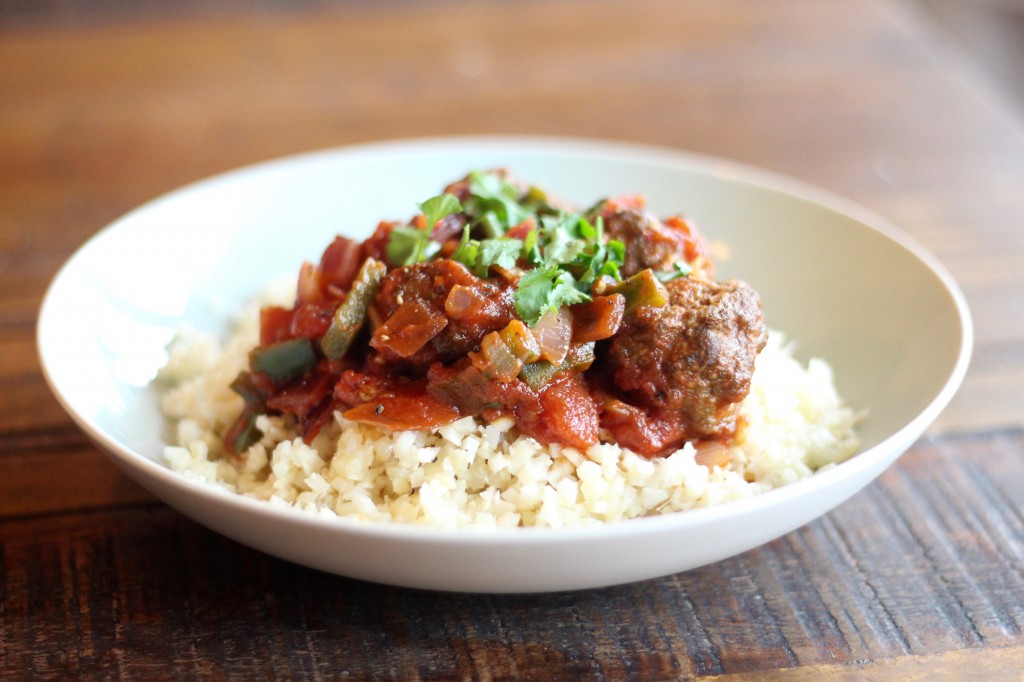
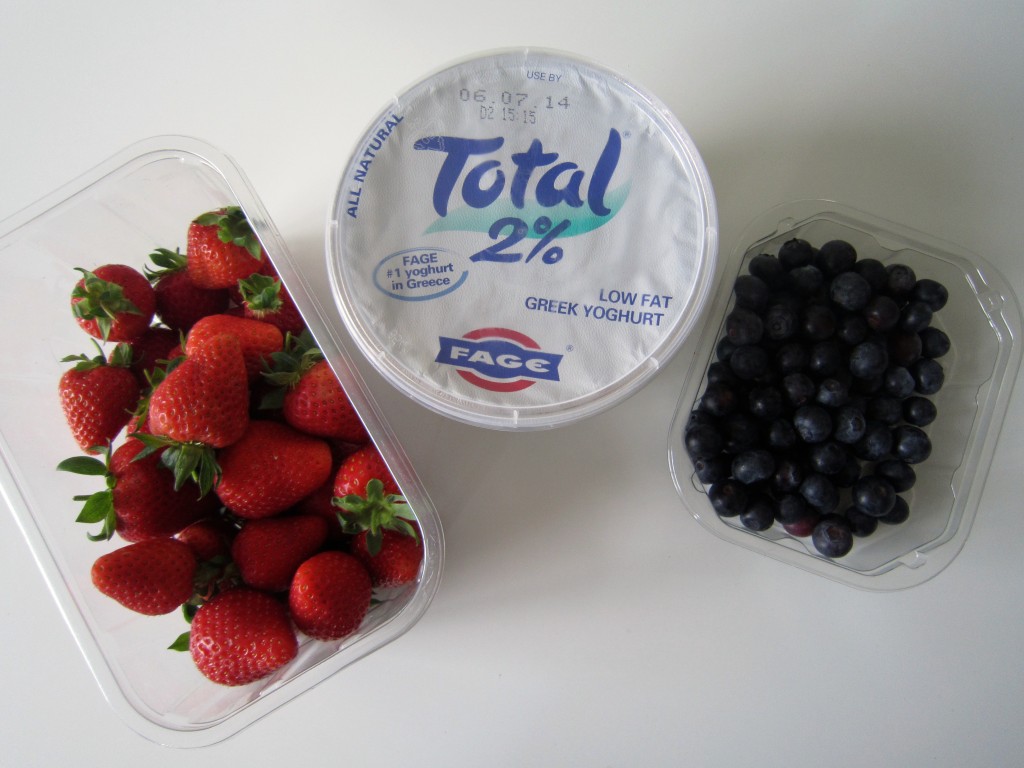
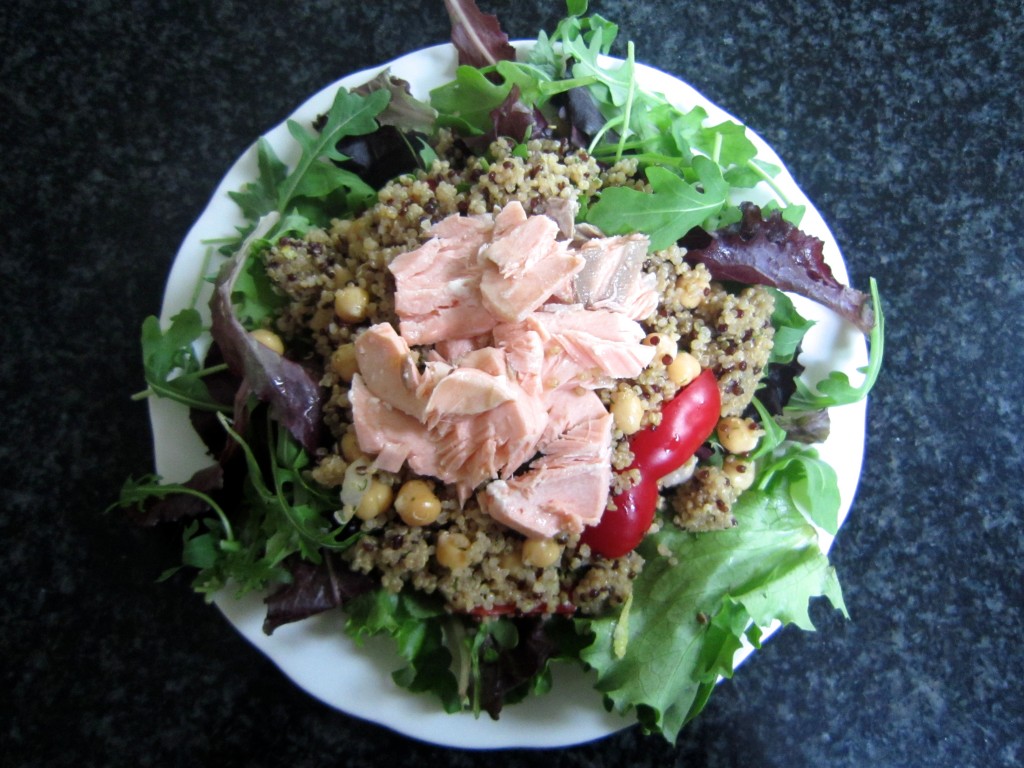

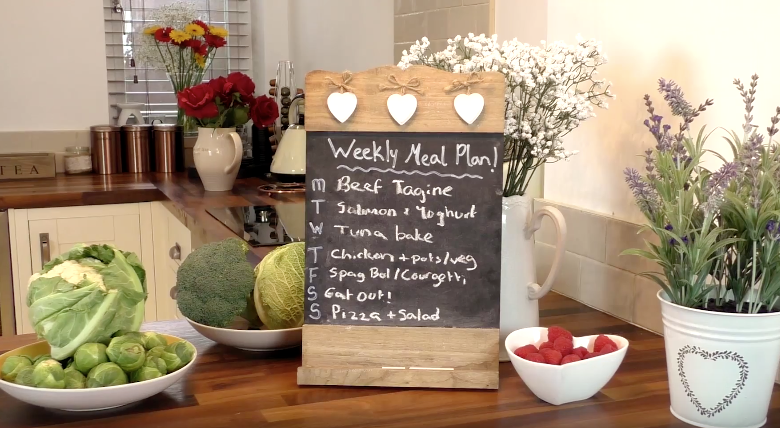
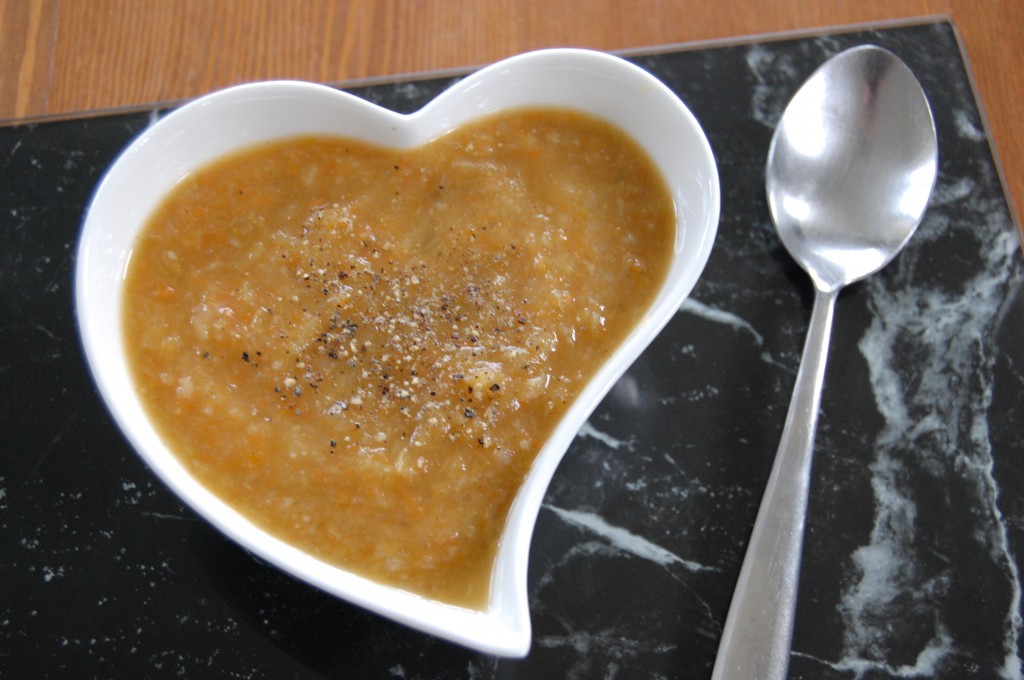

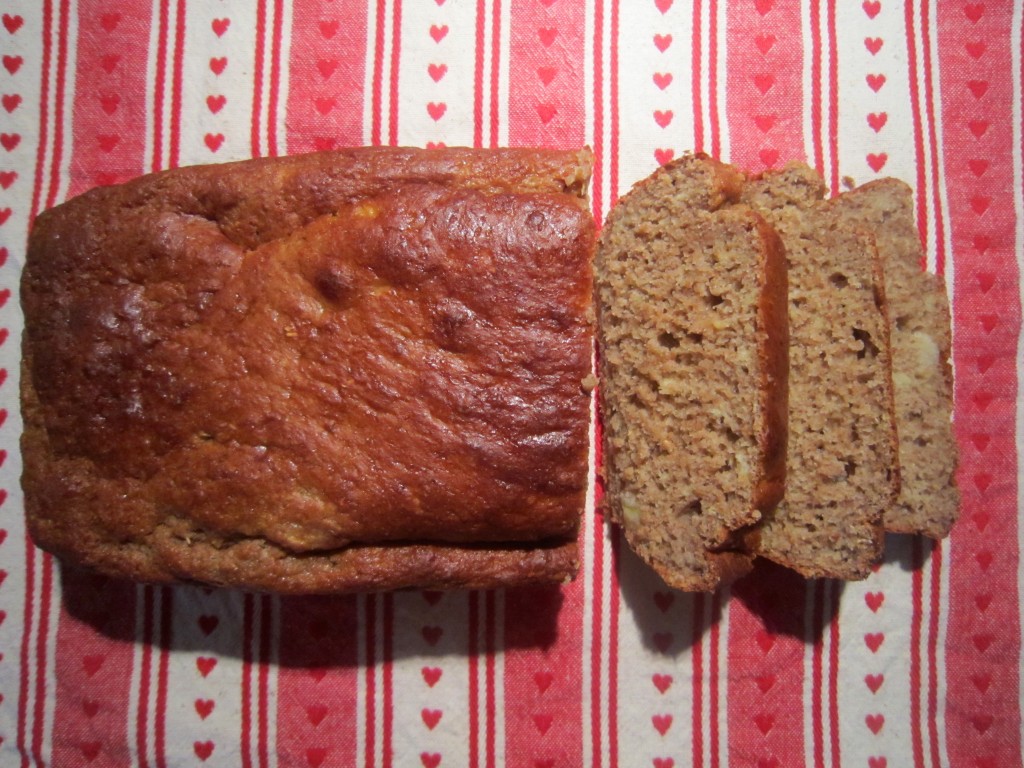
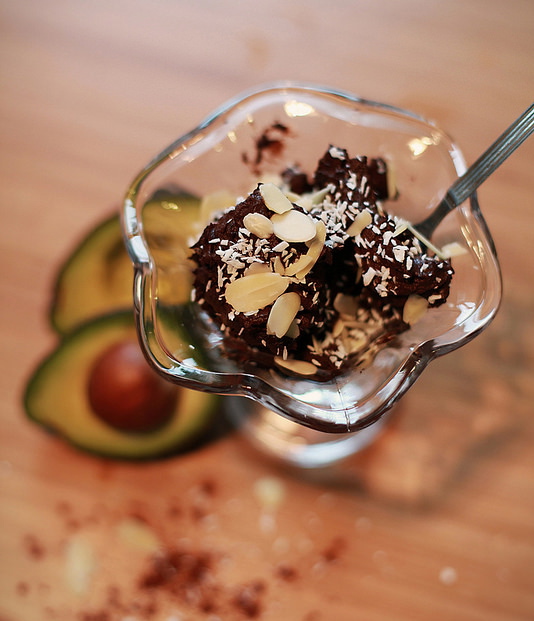

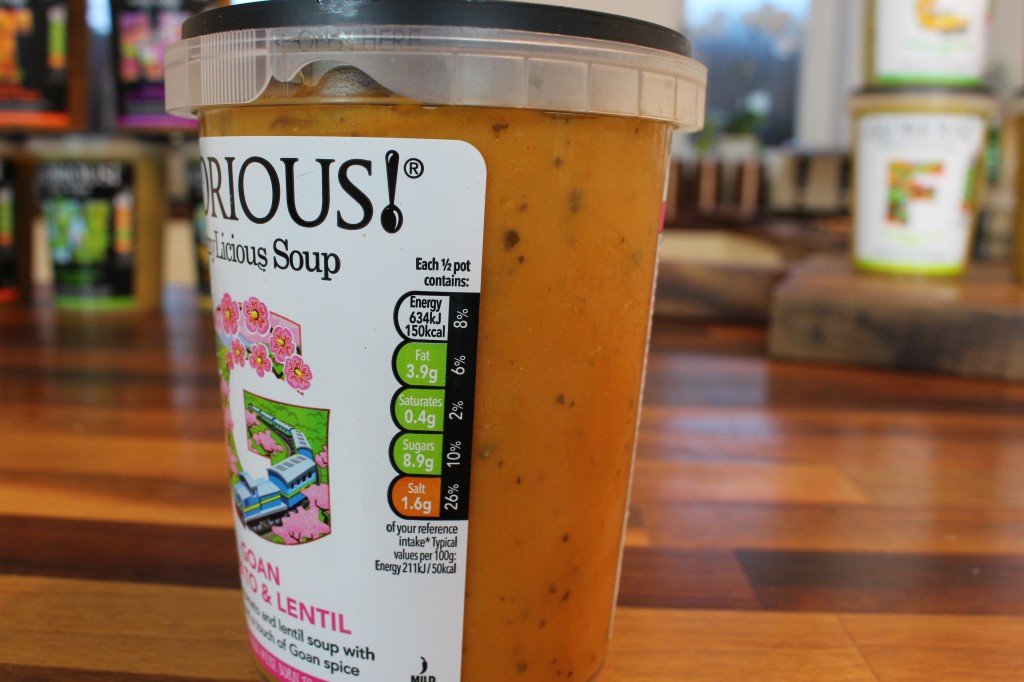
Hello! Who are you? I have never copied anyone’s work. Can you show me your tweets please? I don’t look at my twitter feed (only notifications) and don’t know who you are! Many thanks.